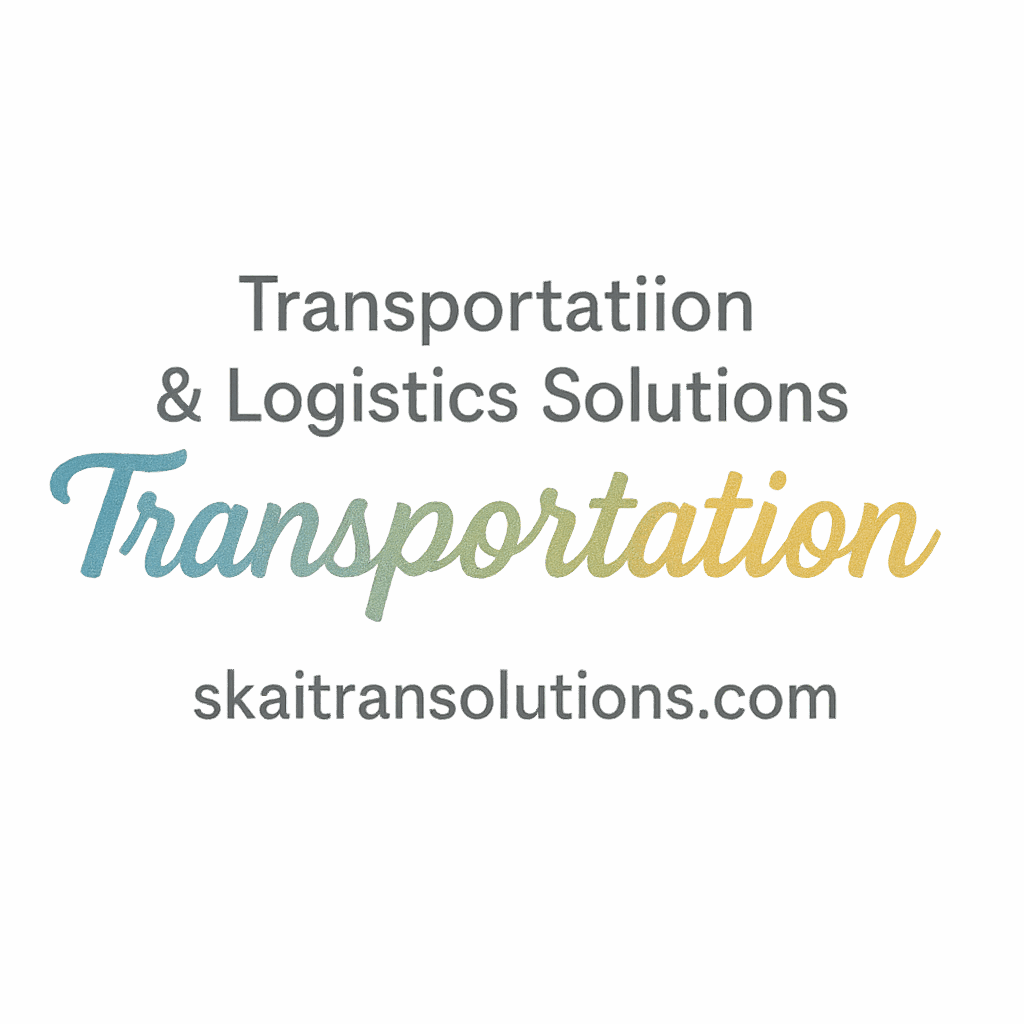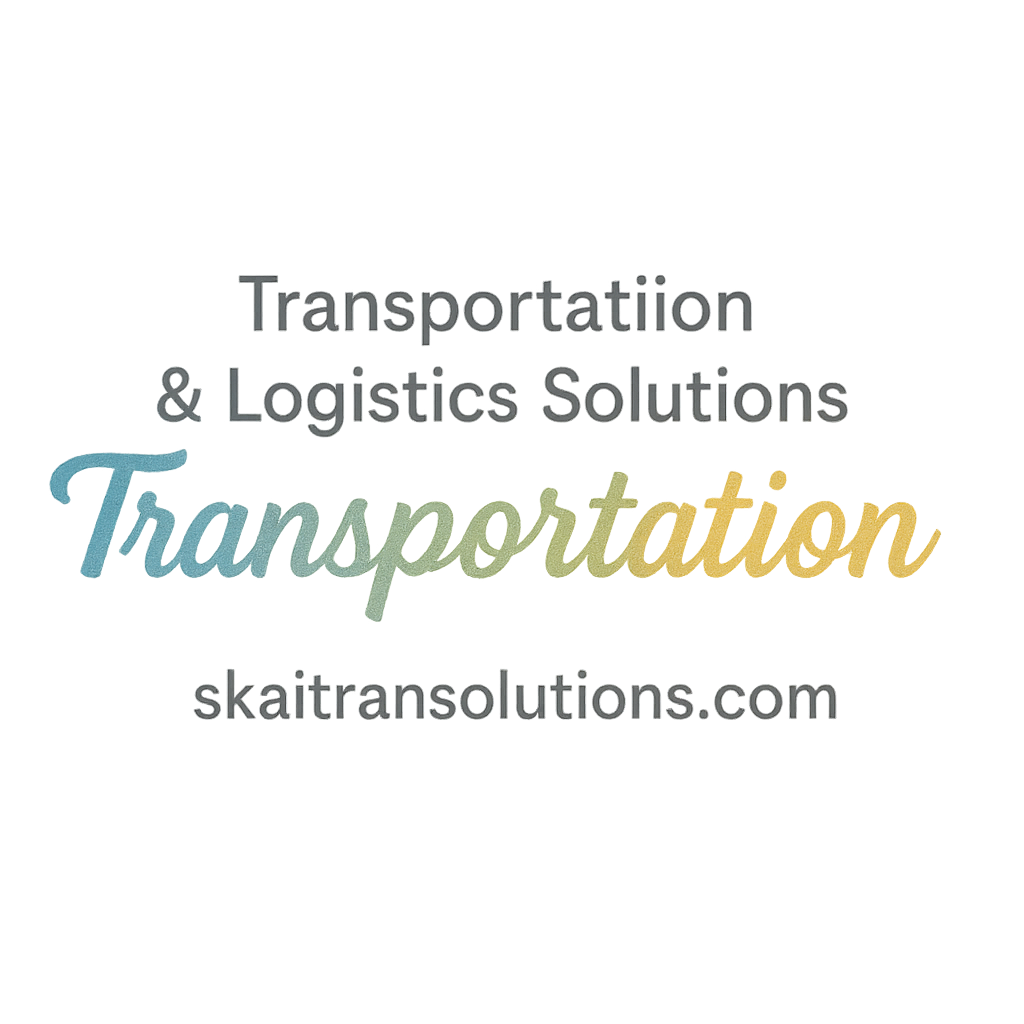Introduction: Why Transportation Safety Protocols Matter
Let’s face it — the transportation industry isn’t just about getting from point A to point B. It’s about doing so safely, efficiently, and responsibly. With increasing demand for deliveries and tighter schedules, transportation providers often feel pressured to prioritize speed over safety. But here’s the truth: safety should never be optional.
Accidents, delays, and compliance violations not only cost money — they damage reputation and, more importantly, put lives at risk. That’s why enforcing transportation safety protocols isn’t just a smart move — it’s an absolute must.
This post dives into the seven essential safety protocols every transportation company should have on lock. These aren’t just checkboxes — they’re the backbone of responsible operations. Let’s roll.
1. Comprehensive Driver Training Programs
You wouldn’t hand over a race car to a rookie, right? Same logic applies to freight trucks and commercial vans. Driver training is the starting line for every safe journey.
Defensive Driving Techniques
Teaching defensive driving gives drivers the tools to anticipate hazards instead of just reacting. It’s not about speeding up; it’s about thinking two steps ahead.
- Avoid aggressive drivers
- Keep a safe following distance
- Understand braking distances and blind spots
Emergency Response Preparedness
From engine fires to road rage incidents, emergencies happen. A proper protocol teaches drivers how to react calmly and effectively — not panic.
Explore in-depth training standards at Operational Best Practices to set up your safety-focused foundation.
2. Routine Vehicle Maintenance and Inspections
A well-oiled machine is a safe one. Regular maintenance checks and inspections reduce the chance of mechanical failures that lead to accidents.
Scheduled Inspections
Don’t wait for a breakdown. Schedule weekly or monthly checks on:
- Brakes
- Tires
- Steering mechanisms
- Lights and signals
Need a guide? We recommend using industry benchmarks like those featured in Transportation Industry Insights.
Diagnostic Monitoring with Tech
Modern fleets should be equipped with diagnostic sensors. These track everything from tire pressure to engine performance. Real-time alerts can detect issues before they become disasters.
Check out how fleet tech can transform safety at Transportation Technology Innovation.
3. Strict Compliance with Regulatory Standards
Compliance isn’t just red tape. It’s about keeping everyone on the road safe — from your drivers to that family in the minivan next to them.
Federal and Local Laws
Every transportation provider must follow DOT (Department of Transportation) regulations — including hours-of-service limits, alcohol and drug policies, and equipment standards.
Make sure your team stays sharp by following compliance updates and training refreshers.
Ongoing Compliance Audits
Don’t assume your operation is compliant — verify it. Conduct regular internal audits and partner with third-party inspectors if needed.

4. Use of Fleet Management Technology
Let’s be real — tech is no longer optional in transportation. Fleet management systems are essential for safety, efficiency, and visibility.
GPS Tracking and Telematics
Real-time GPS lets you know where your vehicles are, how fast they’re going, and whether your drivers are behaving safely. Telematics can monitor hard braking, sharp turns, and excessive idling.
These insights can even inform your performance metrics. Dive deeper into this at Metrics & KPIs.
Real-Time Alerts and Reports
If something goes wrong, you should know instantly. Automated alerts help dispatchers take action before a situation gets worse.
Want to know how this plays into broader strategy? Check out Strategy best practices.
5. Clear Communication Channels
You can have the best fleet and drivers in the world, but without clear communication, everything can fall apart.
Communication in Emergencies
Ensure your drivers can immediately reach dispatch in an emergency. Equip them with two-way radios or reliable apps designed for transportation use.
Routine Driver Check-ins
Create protocols for routine check-ins during long hauls. This ensures drivers are safe, alert, and on track.
Explore how great communication elevates customer experience and safety here: Customer Experience & Safety.
6. Cargo Loading and Handling Best Practices
Improperly loaded cargo is a hidden danger. It can lead to rollovers, damage, or regulatory fines.
Proper Load Distribution
Even weight distribution prevents axle strain and loss of vehicle control. Drivers and loaders should be trained to load cargo for balance and security.
Safety Tools for Loading
Use loading docks, straps, and lifts. Don’t rely on manpower alone. Automate and protect.
Learn more about optimizing your logistics and supply chain solutions here: Logistics & Supply Chain Solutions.
7. Fatigue and Wellness Monitoring
Driver fatigue causes thousands of accidents annually. Keeping your team alert means keeping them healthy and rested.
Monitoring Driver Hours
Use tech to monitor and enforce limits on driving hours. Avoid over-scheduling, especially during busy seasons.
Mental and Physical Health Initiatives
Offer health programs, mental wellness support, and ergonomic equipment. A healthy driver is a safe driver.
Dig into wellness and safety protocols in our Safety Inspections section.
Bonus: Building a Culture of Safety
All these protocols are only as strong as the people enforcing them. That’s why you need to foster a company-wide safety culture.
Leadership Buy-in and Accountability
If leadership doesn’t prioritize safety, no one else will. Leaders must walk the talk — from the boardroom to the cab.
Reward Systems for Safety Excellence
Create incentive programs for safe driving records, spotless inspections, and compliance. Celebrate the people keeping your business safe.
Use internal data and performance metrics to drive engagement: Performance.
Conclusion
Safety isn’t just a checklist — it’s a mindset. Transportation providers must go beyond basic compliance and enforce comprehensive, proactive safety protocols. From training drivers and inspecting vehicles to leveraging tech and fostering wellness, safety touches every corner of your business.
When your company commits to safety, you’re not just protecting your drivers — you’re securing your reputation, reducing costs, and delivering better experiences for everyone involved.
Want to see how technology and logistics innovations are making transport safer every day? Explore more insights at skaitransolutions.com.
FAQs
1. What is the most important transportation safety protocol?
Driver training is the foundation of all safety protocols. A well-trained driver can prevent accidents before they happen.
2. How often should vehicles be inspected?
Ideally, inspections should be conducted weekly or before every long trip to ensure safety and compliance.
3. Why is fatigue monitoring important in transportation?
Fatigue slows reaction time and reduces focus, increasing the risk of accidents. Monitoring ensures drivers stay alert and safe.
4. What technology helps improve transportation safety?
Fleet management systems with GPS, telematics, and alert systems help monitor behavior and vehicle condition in real time.
5. How do communication protocols enhance safety?
Quick and clear communication allows dispatchers and drivers to handle emergencies, delays, or route changes efficiently.
6. What regulations should transportation providers follow?
All providers must comply with local, state, and federal laws, including those from the Department of Transportation.
7. How can I promote a safety culture in my fleet?
Start from the top. Train leadership, reward safe practices, and use performance data to continuously improve.


